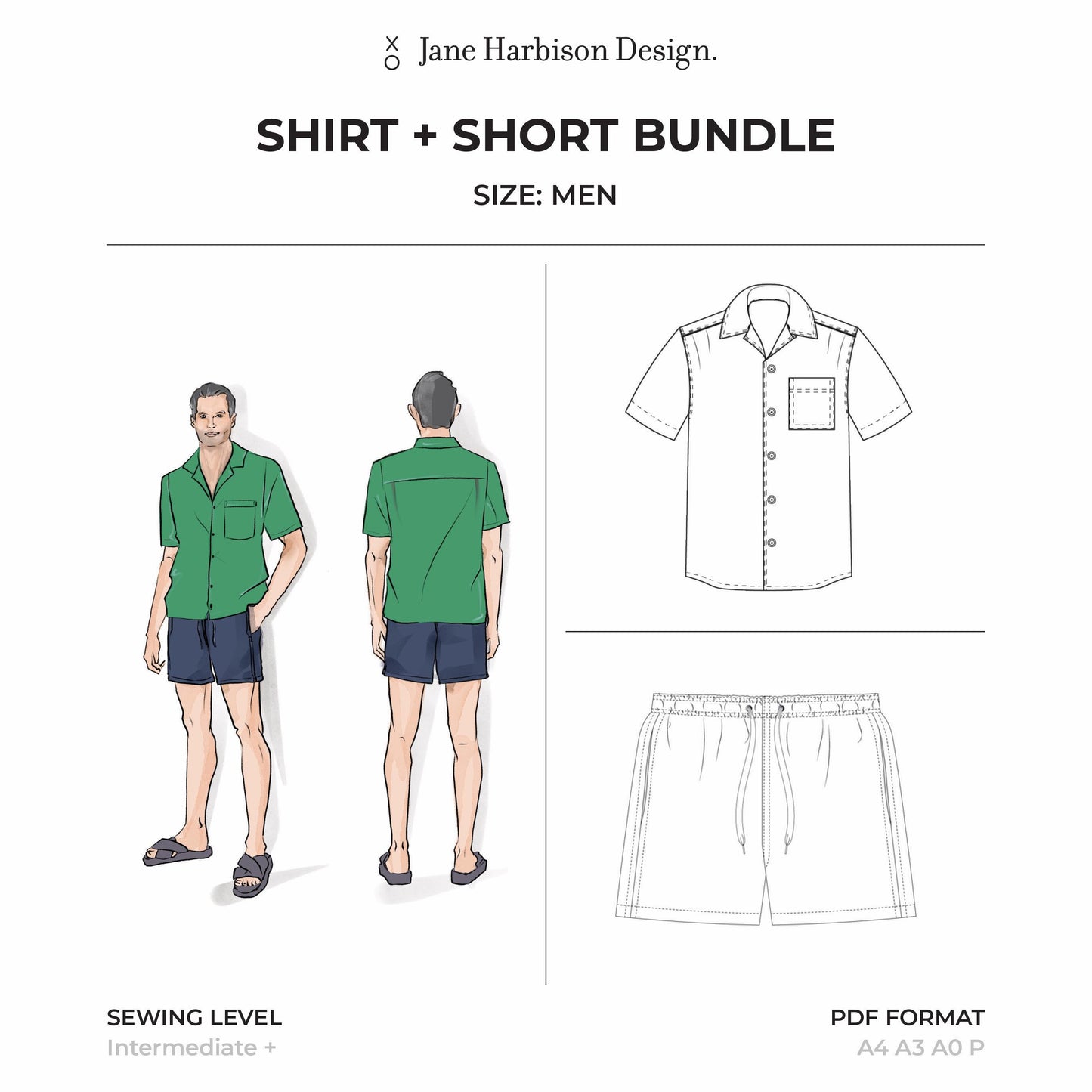
How to sew a sophisticated Pocket Square for his next special occasion and a simple trick to making mitred corners pointy. A beautiful gift to make for a formal, graduation, wedding or ball.


How to sew a sophisticated Pocket Square for his next special occasion and a simple trick to making mitred corners pointy. A beautiful gift to make for a formal, graduation, wedding or ball.

The Pocket Square is timeless and one of the most popular suit accessories you can make. And why wouldn't you make it when a Gucci Pocket Square costs over A$300.
Before I share how to make one, I want to share the origins of the humble yet sophisticated Pocket Square.
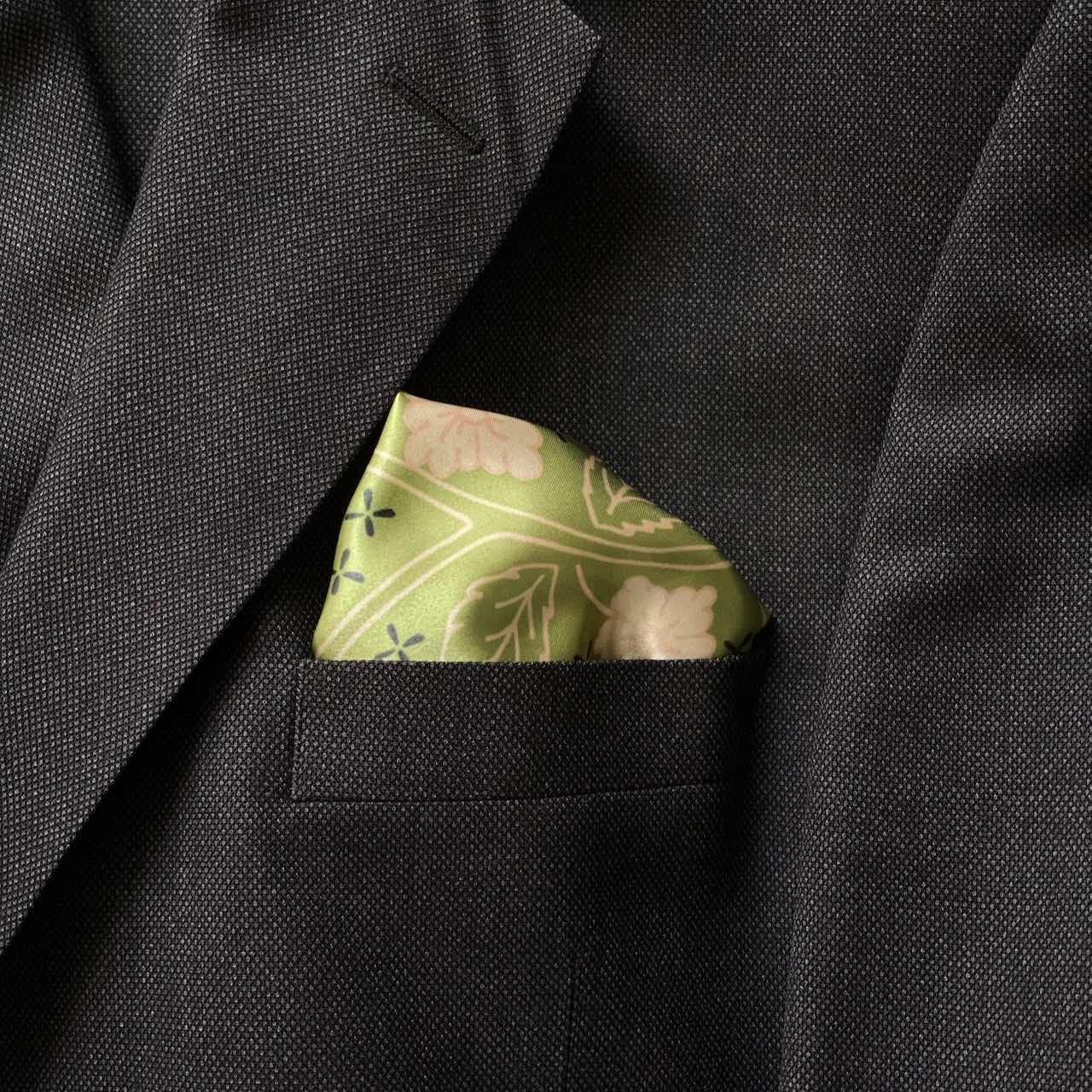
A Pocket Square is a decorative square piece of sewn fabric. It is generally smaller in size than a handkerchief, which is more functional in nature.
Pocket Squares typically range in size from around 10 x 10 inch up to 17 x 17 inch depending on the fabric used.
Thicker materials (cotton/linen) are generally easier to fold in smaller sizes; however, thinner materials (silk/satin) require a larger size so that they don't lose their shape.

Although it is commonly thought the origins of the Pocket Square originated in the 17th Century, it's predecessor, the handkerchief dates back to the Ancient Egyptians and Greeks.
The wealthiest Egyptians and Greeks were known to carry small white linen handkerchiefs, commonly thought to be used for the sole purpose of personal hygiene and cleanliness.
It wasn't until the 19th Century that the Pocket Square really made it's mark with the advent of the two piece suit. Hollywood movie stars making it fashionable and popular.
The handkerchief was originally made of white linen or cotton, but we also now associate it with silks and satins.
The Ancient Greeks turned the handkerchief from a functional item to elaborate accessory embellishing it with scent, decorative motifs and natural dyes.
At that time it was still something that was kept in the trouser pocket, but in the 19th Century men were looking for ways to accessories their suits and the Pocket Square in it's all it's silk glory was the perfect fit.
Caring for satin or silk has its tricks including flour to remove oily stains before you wash. Like anything, the more care we take with something, the longer it will last.
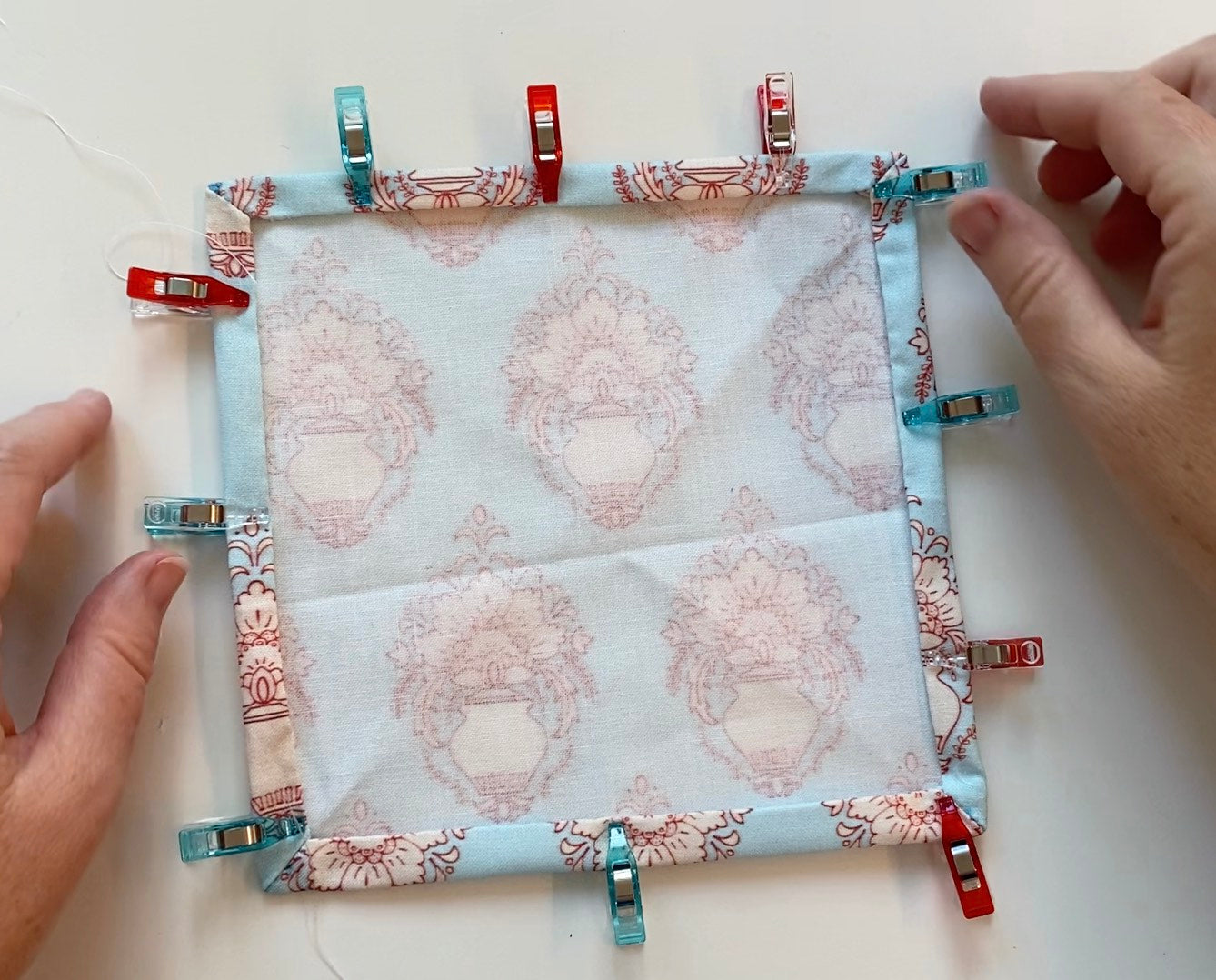
Below are step by step written instructions but I have also made a video tutorial for you to download free.
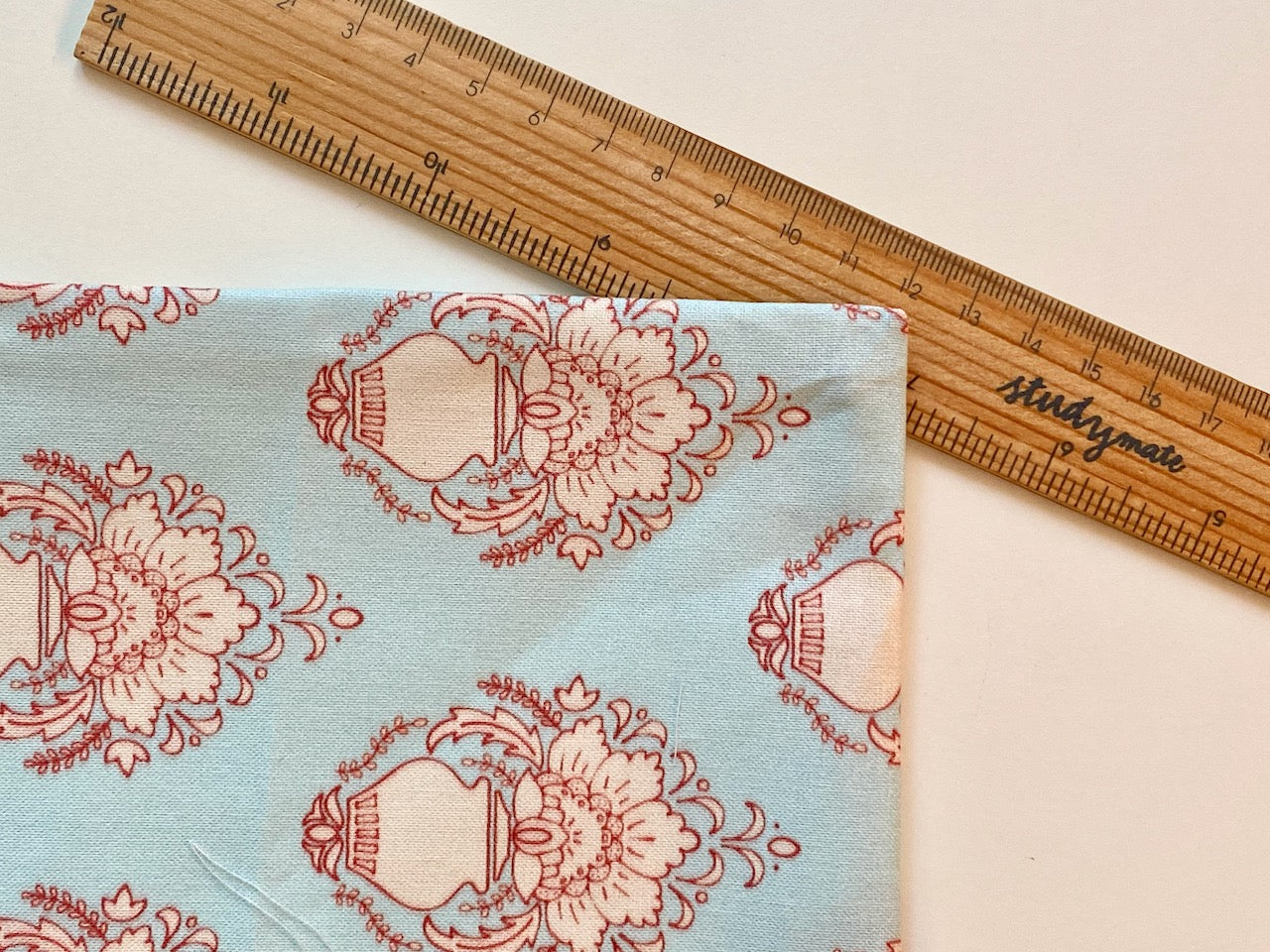
Free step by step video tutorial with a secret tip to getting those corners pointy. Enter your name and email and we will send you the link.
Fabric
Cotton or Linen - 27cm x 27cm (includes 1.5cm seam allowance), Cotton thread (e.g Rasant), machine need size 10-12 (70-80) for light weight Linens and Cotton / Cotton Lawn (70)
Satin - 44.5cm x 44.5cm (includes 1.5cm seam allowance) use an extra fine mercerised Cotton or 100% polyester thread, sewing machine needle size 9-11 (65-75)
Set your stitches to about 10-15 stitches per inch.
Silk - 44.5cm x 44.5cm (includes 1.5cm seam allowance), extra fine mercerised Cotton (preferred) or fine polyester thread, fine sewing machine needle size 9-12 (65-80 ) or a small-size topstitching needle.
Other Needs
Scissors or rotary cutter and cutting board, long fine sharp pins (especially for silk or satin) or sewing clips.
This will create a clean, finished edge for your pocket square.
Once the edges are sewn, you can fold the pocket square into a desired shape. Some popular shapes include the "Presidential" fold, the "One-Point" fold, and the "Two-Point" fold as shown below.
That's it! With these steps, you should now have a beautifully sewn pocket square.
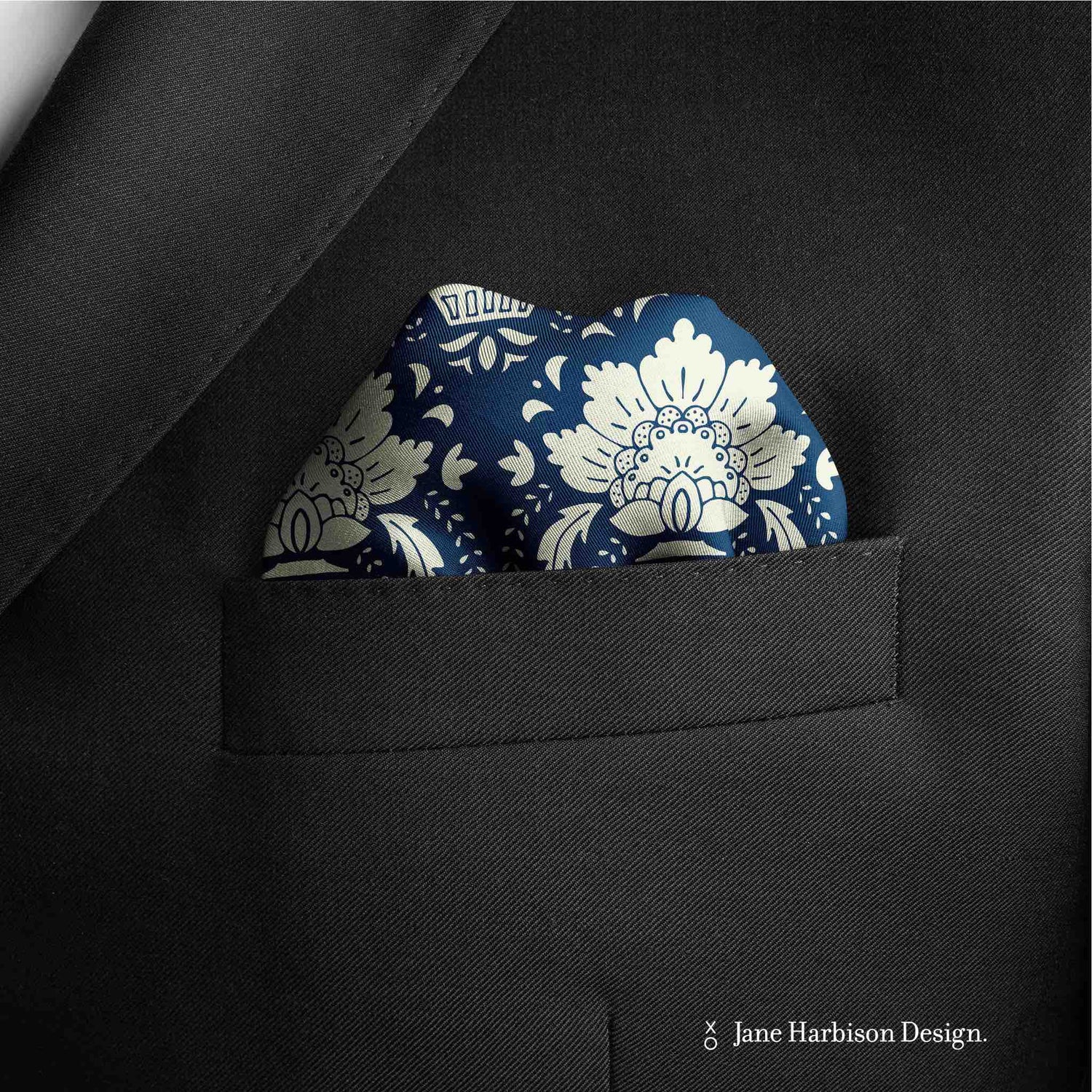
Now that you have made your Pocket Square, how do you wear it?
For a neat and polished look, always make sure that the pocket square is ironed and free of wrinkles before folding.
Also it is good to match the colour or pattern of the pocket square with the tie, lapel or dress of your partner.
Here are six ways to fold your Pocket Square.
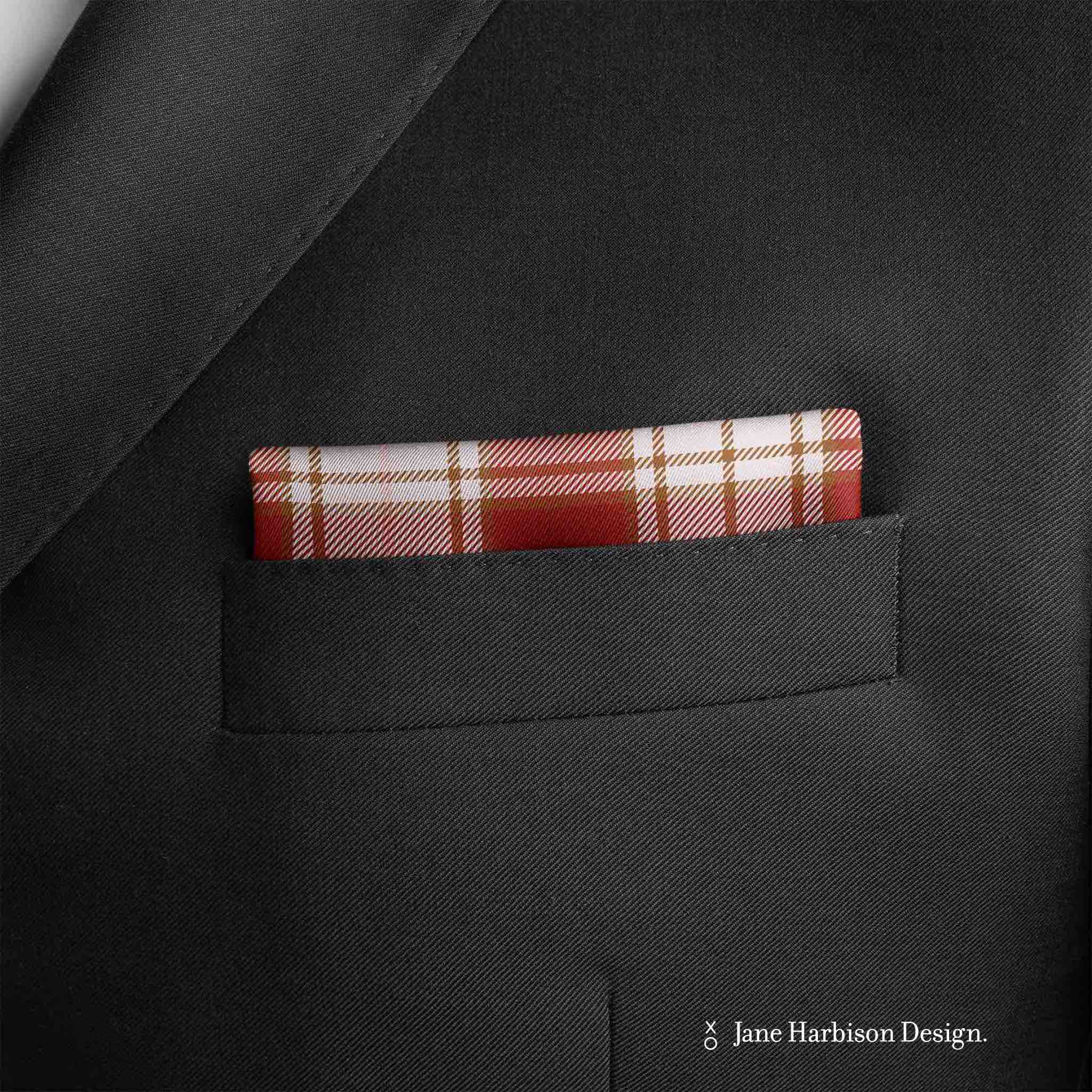
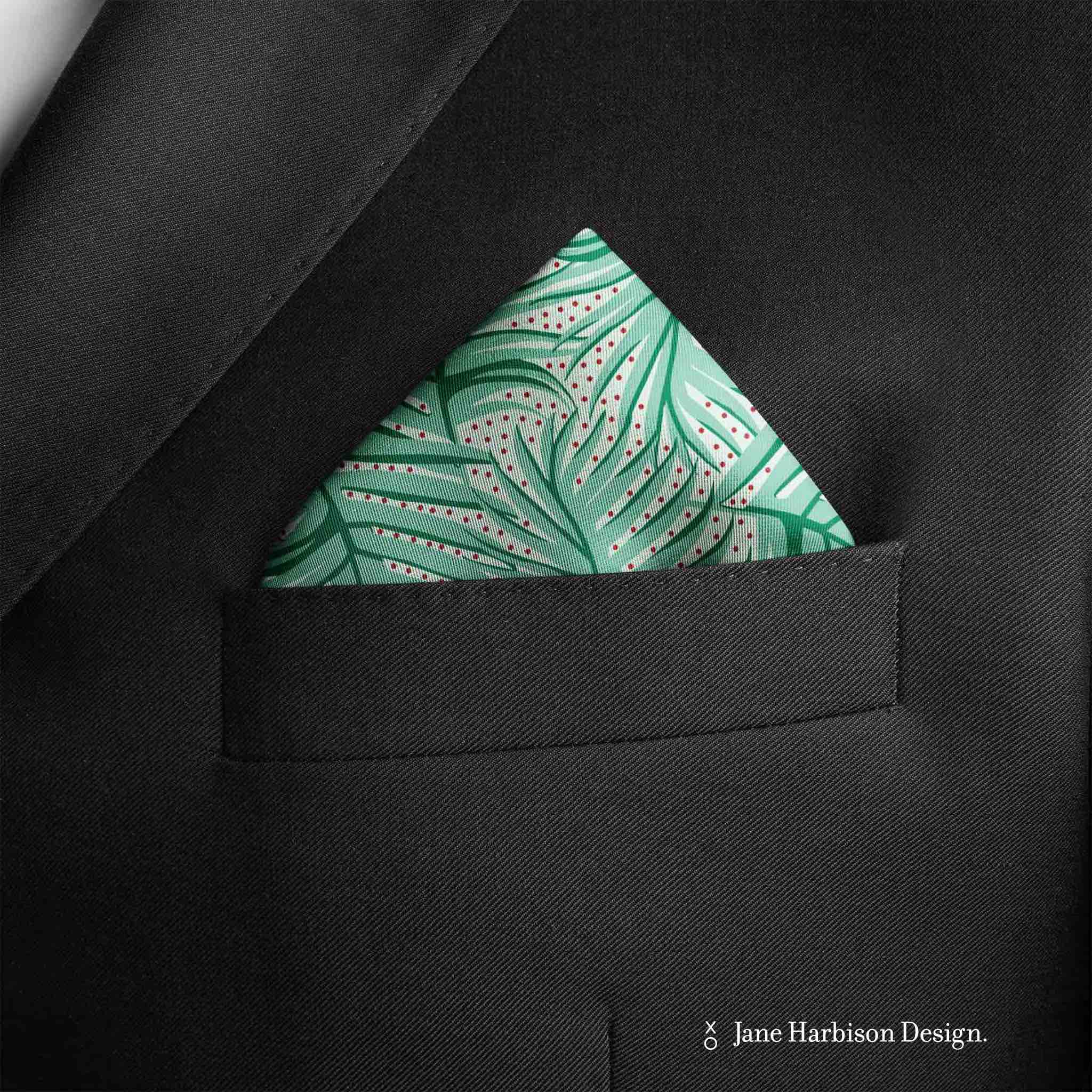
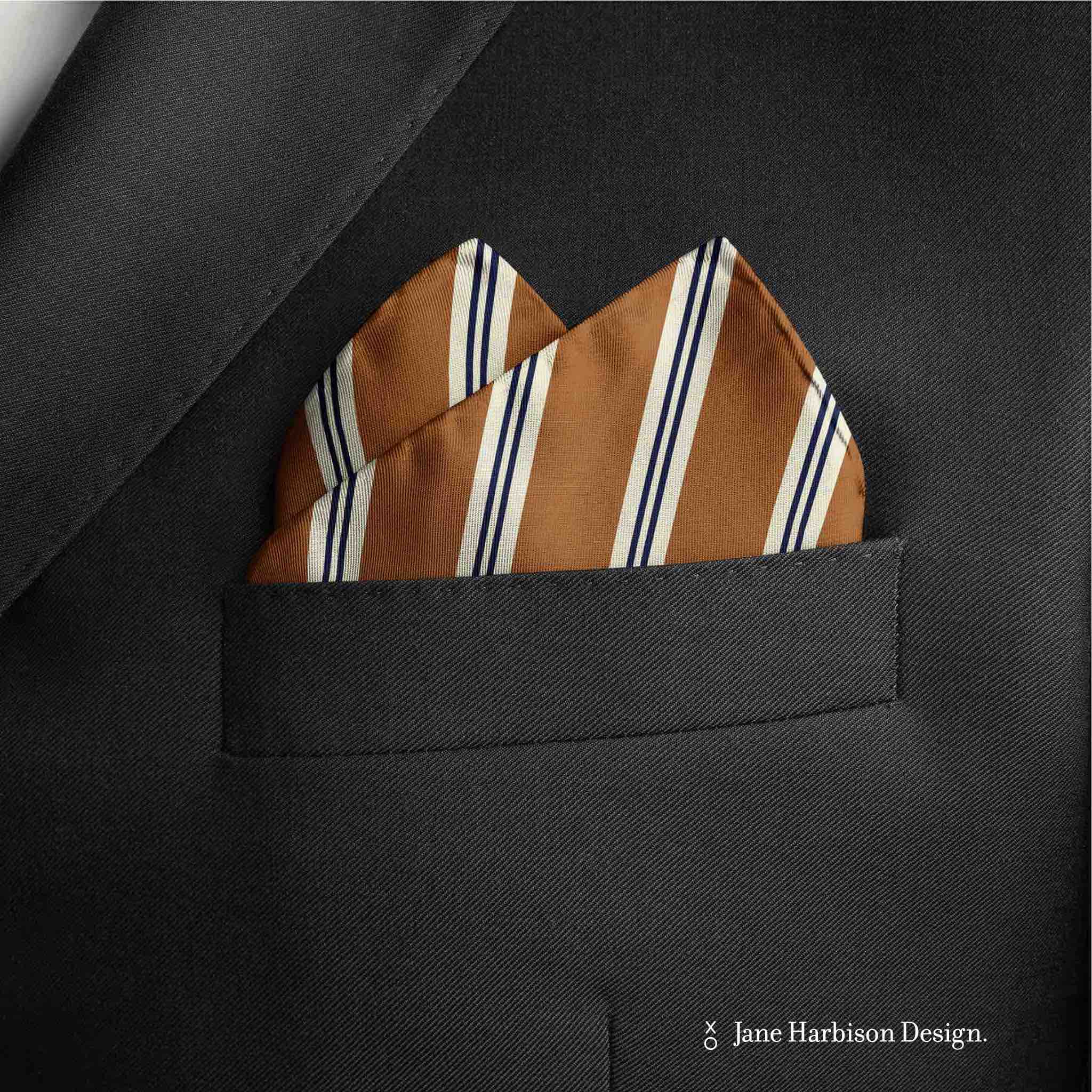
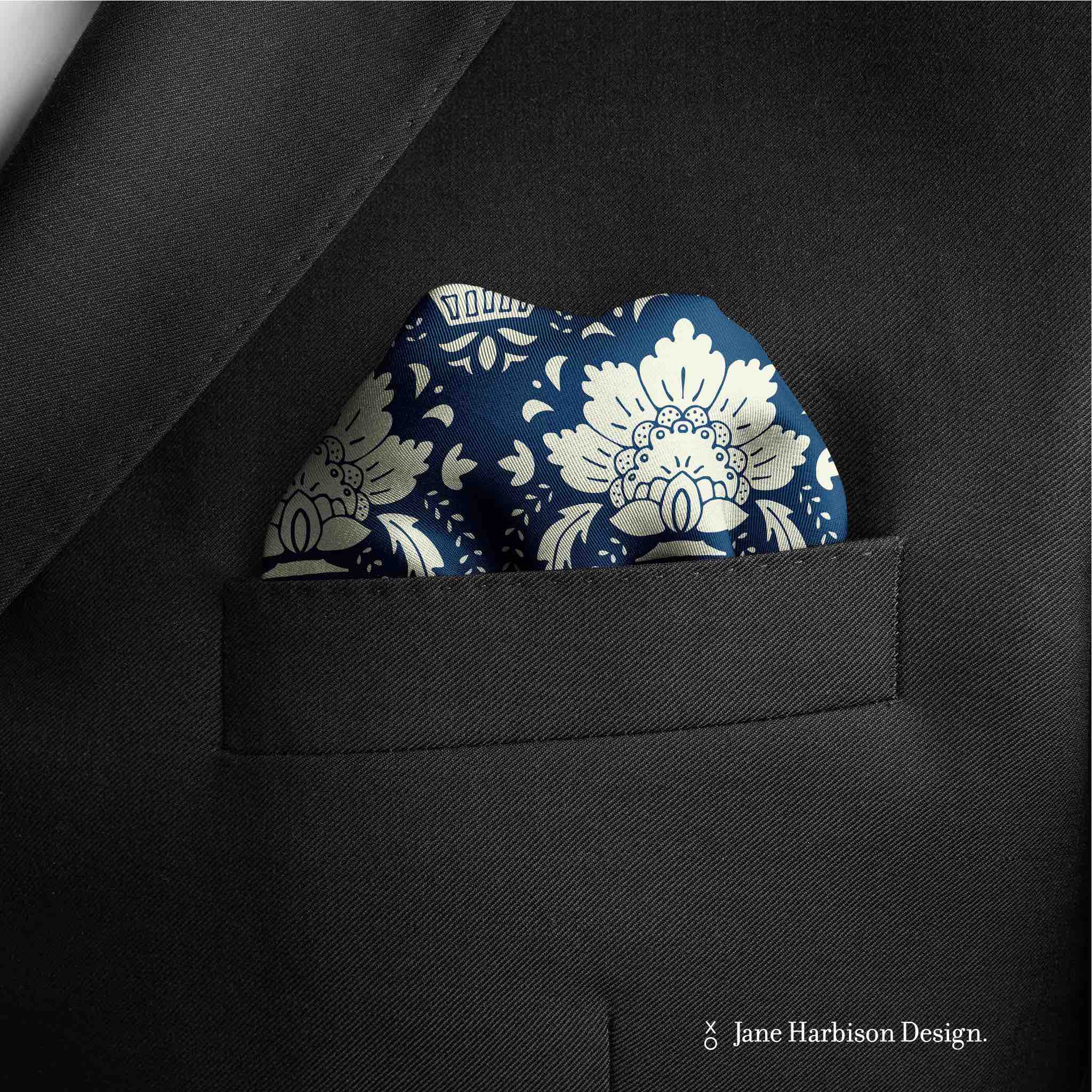

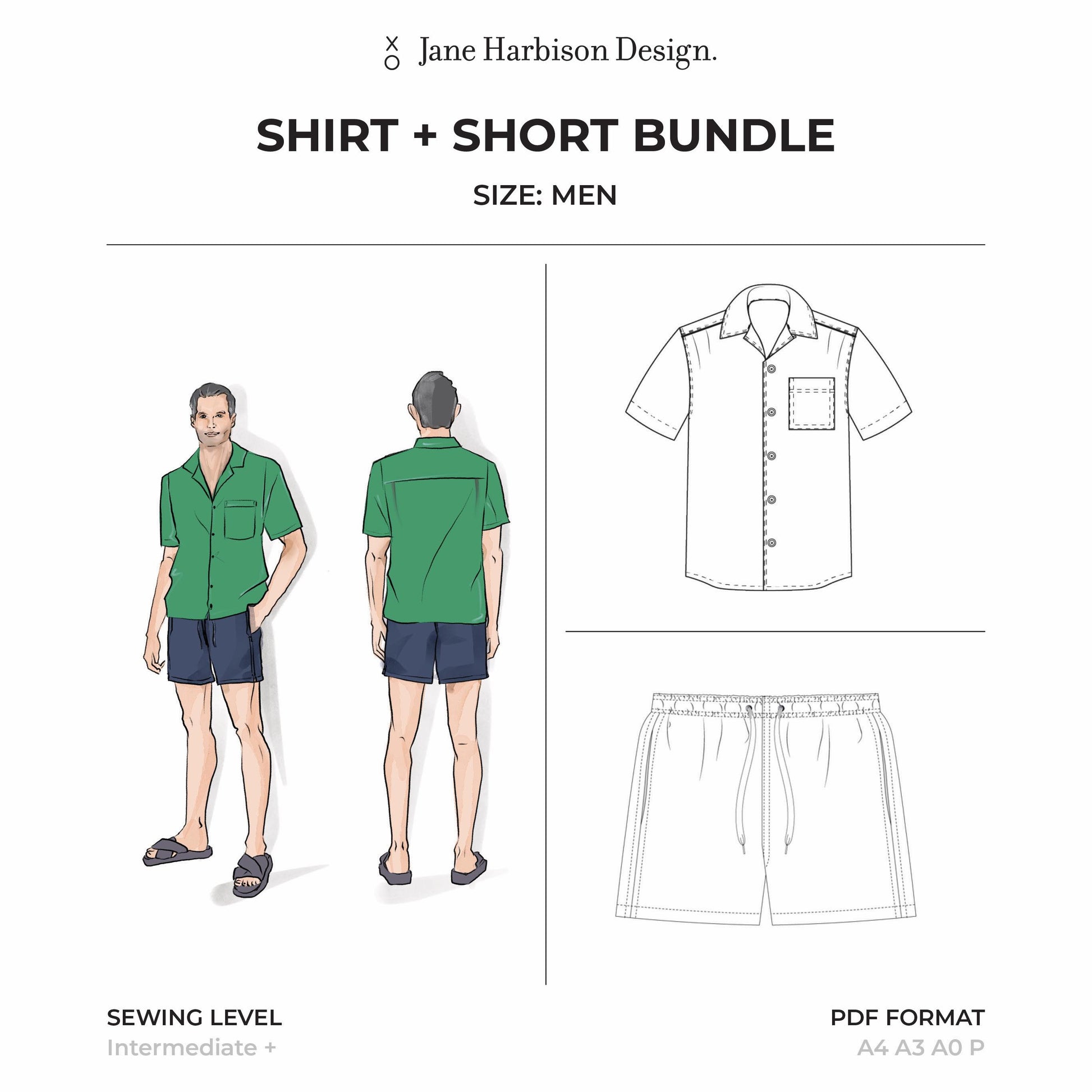
Jane Harbison Design
